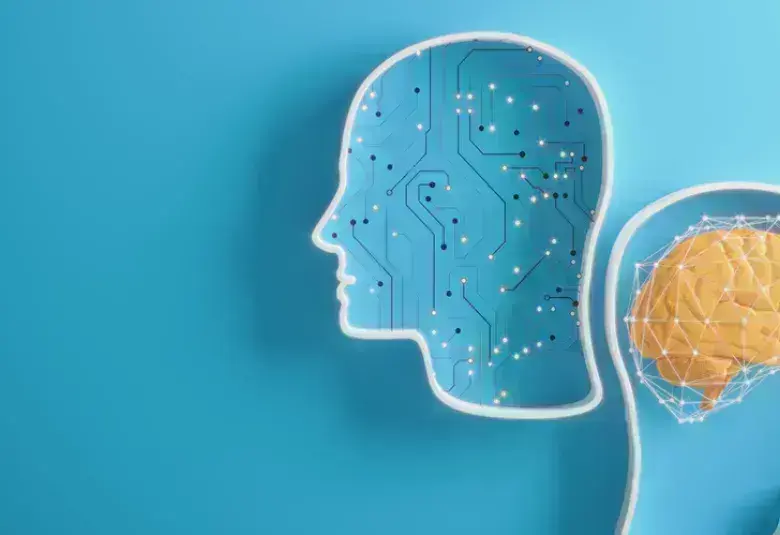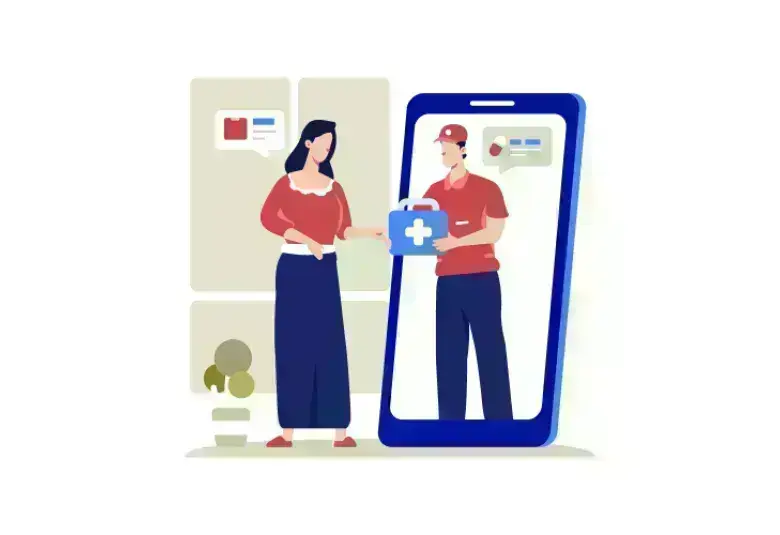Attention deficit/hyperactivity disorder (ADHD) is a relatively common disorder that often persists into adulthood or can be diagnosed for the first time in adults. Given the considerable negative consequences of uncontrolled ADHD over the lifespan, early recognition is imperative so that personalized treatment can be offered to individuals with ADHD. Dr. Timothy Wilens, Professor of Psychiatry at Harvard Medical School, provided an update on what’s new in the treatment of ADHD across the lifespan during a virtual educational webinar called “Improving the Lives of Patients with ADHD” offered by the Neuroscience Education Institute (NEI).
How common and burdensome is ADHD?
There is consistent evidence that ADHD is a prevalent disorder both in children and adolescents (8.7% among 8- to 15-year-olds) and adults (4.4% among 18- to 44-year-olds) and is often chronic and persistent.1-3 Contrary to popular sentiment, the prevalence of ADHD is relatively consistent across the world.4
ADHD is not more prevalent in the U.S. than in other countries
Recognizing and treating ADHD as early as possible is critically important since the developmental impact of uncontrolled ADHD is substantial. Notably, behavioural disturbances that begin in preschool can contribute to academic and peer relationship difficulties in school-age children as well as self-esteem issues.3,5 These problems can persist in adolescence and college-age individuals and lead to academic failure, smoking/vaping and substance use disorders, legal issues, and a higher risk of injuries.3,5 Left untreated, ADHD can contribute to occupational failure, relationship problems, and accidents/injuries due to risky behaviours.5 More recently, adult ADHD has been associated with a higher risk of dementia in later life whereas there was no clear increase in risk of dementia among adults with ADHD who were treated with stimulants.6
Self-esteem issues start early, can be difficult to eradicate, and often persist into adulthood
Screening and diagnosis of ADHD
ADHD is a clinical diagnosis. Although the DSM-5 distinguishes three subtypes of ADHD (i.e., inattentive, hyperactive/impulsive, and combined),3,7 Dr. Wilens remarked that this classification is less relevant today; instead, there is greater focus on the distinction between ADHD and autism spectrum disorder. Cognitive symptoms such as inattention are a core issue in ADHD and are present in the vast majority of cases.3 Since many adults develop compensatory mechanisms over time, it can be helpful to use validated rating scales such as the Adult ADHD Self-Report Scale (ASRS).3,8
Adult ADHD self-report scales are reliable whereas observer input from parents or teachers is helpful in screening children for ADHD8,9
Comorbidities are the rule rather than the exception in ADHD, making it important to assess for concomitant psychiatric, cognitive, psychosocial, and medical disorders.3 In the National Comorbidity Survey Replication study (n=3199), major depressive disorder, bipolar disorder, anxiety disorders, post-traumatic stress disorder, and substance use disorders were all significantly more common in respondents with ADHD compared to those without.2 Dr. Wilens remarked that prevalence rates are even higher in clinical cohorts than in epidemiological samples.
When medical history is unremarkable, laboratory and neurological testing are not indicated
Imaging studies have shown that different parts of the brain are activated in response to a cognitive task in individuals with ADHD compared to normal controls.10 Conversely, treatment of ADHD with stimulants converts cognitive brain activity back to normal patterns.11
What’s new in the pharmacotherapy of ADHD?
Several classes of prescription therapy are approved for the treatment of ADHD including stimulants and non-stimulants (e.g., noradrenergic agents, alpha agonists, and antidepressants)3 and several new agents are in various stages of clinical development. Different preparations of stimulants are available including oral agents and transdermal patches, and while this can complicate treatment choices for non-ADHD experts, Dr. Wilens recommends becoming familiar with one or two short-acting and long-acting stimulants and their specific duration of action and dosing schedules. Long-acting stimulants and agents that are available as pro-drugs generally have lower potential for misuse and diversion.3
The duration of action differs widely across different stimulant preparations
ADHD is a chronic disorder that requires long-term treatment
Given the chronic nature of ADHD, it is not surprising that the risk of relapse is high after treatment discontinuation.12 Reassuringly, there is accumulating evidence that prolonged treatment with stimulants is not associated with clinically significant cardiotoxicity13 or neurotoxic effects on brain structure and function;14 indeed, overall mortality rates appear to be lower in individuals who initiate treatment with ADHD medications.15 Moreover, long-term treatment with stimulants has been shown to significantly improve multiple functional outcomes including academic performance, and reductions in the risk of accidents/injuries, substance use, suicidality/self-harm, and mood disorders.16
The effects of stimulants on growth trajectories in children and adolescents are generally small and transient17
Although there is a growing arsenal of effective and safe pharmacotherapies for the treatment of ADHD in children and adults, Dr. Wilens advocated for the complementary use of non-prescription management strategies including behavioural therapy, social skills remediation, psychotherapy and counselling.3,18-20 These approaches tend to be most effective when combined with pharmacotherapy since they can improve compensatory strategies over time.




